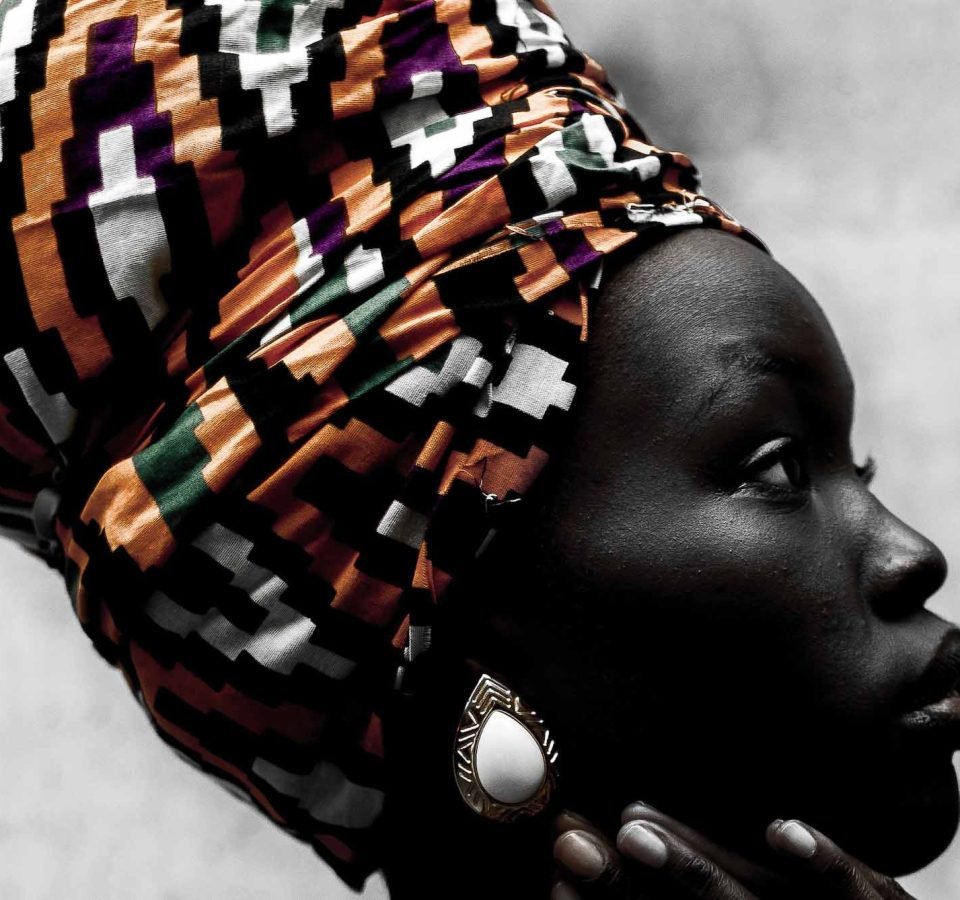Hair care is a practice that has been around for thousands of years. From ancient times to modern times, people have always sought ways to take care of their hair. In this article, we will explore the hair care practices of ancient civilizations and how they influenced modern hair care.
Ancient civilizations had unique approaches to hair care, using natural ingredients to keep their hair healthy and beautiful. Let’s explore how hair care was practiced in ancient Egypt, Greece, and India.
Table of Contents
Ancient Egypt
Ancient Egyptians used a variety of natural oils to moisturize and protect their hair. Castor and almond oil were used for this purpose, along with a combination of animal fats, beeswax, and resin to style hair. They also used henna to color their hair and enhance its shine. Elaborate hairstyles were popular, often decorated with jewelry and other adornments. Wigs made of human hair or sheep’s wool were worn by both men and women.
Ancient Greece
In ancient Greece, hair care was also an essential part of personal hygiene. Olive oil was used to condition and moisturize hair, while a mixture of vinegar and water was used to remove dirt and grease. Combs and brushes made of bone or ivory were used to style hair, and elaborate hairstyles were worn for special occasions. Hair was considered an important aspect of physical beauty in ancient Greek society, and it was often depicted in art.
Ancient India
Ancient India had a unique approach to hair care, rooted in Ayurvedic medicine. A mixture of coconut oil, sesame oil, and herbs was used to condition and moisturize hair, while henna was used to color hair and enhance its shine. Amla, or Indian gooseberry, was used to promote hair growth and reduce dandruff. Elaborate hairstyles were also worn for special occasions, often adorned with flowers and jewelry.
Ancient Rome
Hair care was also a significant aspect of personal hygiene in Ancient Rome. Olive oil and honey were used to condition and moisturize hair, while a mixture of vinegar and water was used to remove dirt and grease. Combs and brushes made of bone or ivory were used to style hair, and wigs made of human hair or goat hair were worn by both men and women. Hair care was an essential part of Roman fashion and beauty, with elaborate hairstyles being worn for special occasions. The intricate hairstyles were often adorned with ribbons, hairpins, and other decorative elements.
Chebe Powder for Hair Growth
Chebe powder is a hair care product that has gained popularity in recent years. It is made from the seeds of the chebe plant, which is found in Africa. Here are some benefits of using chebe powder:
- Promotes hair growth: Chebe powder contains natural ingredients that promote hair growth, such as vitamin E, amino acids, and fatty acids.
- Strengthens hair: Chebe powder contains keratin, which is a protein that strengthens hair and prevents breakage.
- Reduces frizz: Chebe powder coats the hair shaft, which helps to reduce frizz and increase shine.
- Improves hair texture: Chebe powder can help to improve the texture of hair, making it smoother and more manageable.
To use chebe powder, mix it with water to create a paste and apply it to your hair. Leave it on for a few hours or overnight, and then wash it out with water. Some people also mix chebe powder with other all-natural ingredients, such as coconut oil or shea butter, to create a hair mask, paste or oils.
How to Use Chebe Powder
Chebe powder is a natural hair care product that has been used for centuries in Chad to promote hair growth and strength. Here is a step-by-step guide on how to use Chebe powder at home:
- Start with clean and damp hair. Chebe powder is best applied to hair that has been freshly washed and is slightly damp.
- Mix the Chebe powder with a liquid of your choice. The most common liquid used is water, but you can also mix it with other liquids such as aloe vera juice or coconut milk. Start with a small amount of Chebe powder and add liquid slowly until you have a paste-like consistency.
- Section your hair. Divide your hair into small sections and apply the Chebe powder paste to each section. Be sure to apply the paste evenly and work it into your hair from roots to ends.
- Cover your hair. Once you have applied the Chebe powder to all sections of your hair, cover it with a plastic cap or wrap. This will help to retain moisture and heat, allowing the Chebe powder to penetrate your hair shaft.
- Leave the Chebe powder in your hair for at least 1-2 hours. Some people prefer to leave it in overnight for maximum benefits.
- Rinse out the Chebe powder. After the recommended time, rinse out the Chebe powder thoroughly with warm water. You may need to shampoo your hair to ensure that all the powder is removed.
- Apply your regular conditioner. Once the Chebe powder has been rinsed out, apply your regular conditioner to your hair to help soften and detangle.
- Style your hair as desired. After conditioning, style your hair as usual.
Chebe powder for hair benefits can be used once a week or as often as needed. Be sure to patch test before use and discontinue use if you experience any adverse reactions.
In Conclusion
In conclusion, ancient civilizations had their own hair care practices that were influenced by their culture and environment. Today, we have access to a wide range of hair care products and treatments that have been developed through centuries of experimentation and research. Whether you prefer to use natural remedies or modern hair care products, it is important to take care of your hair to keep it healthy and strong.










